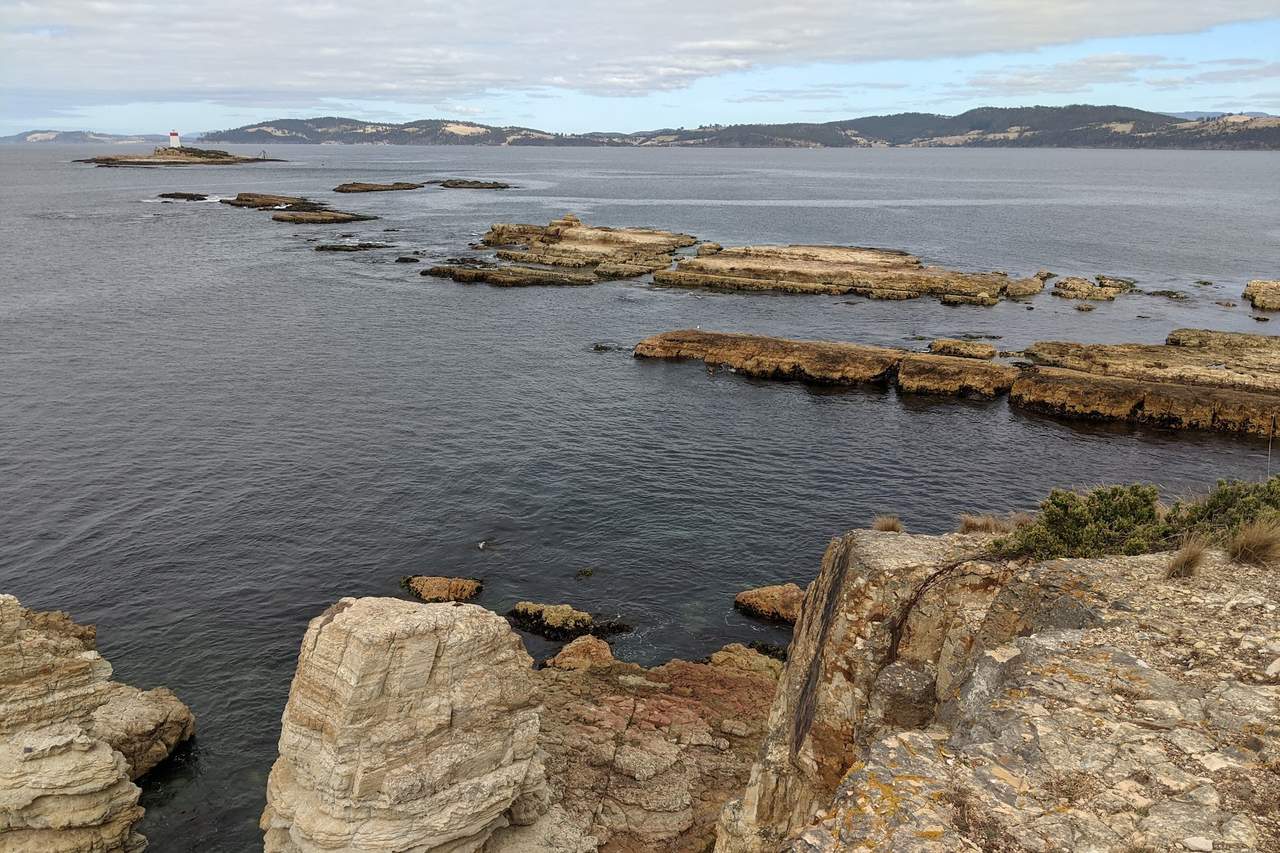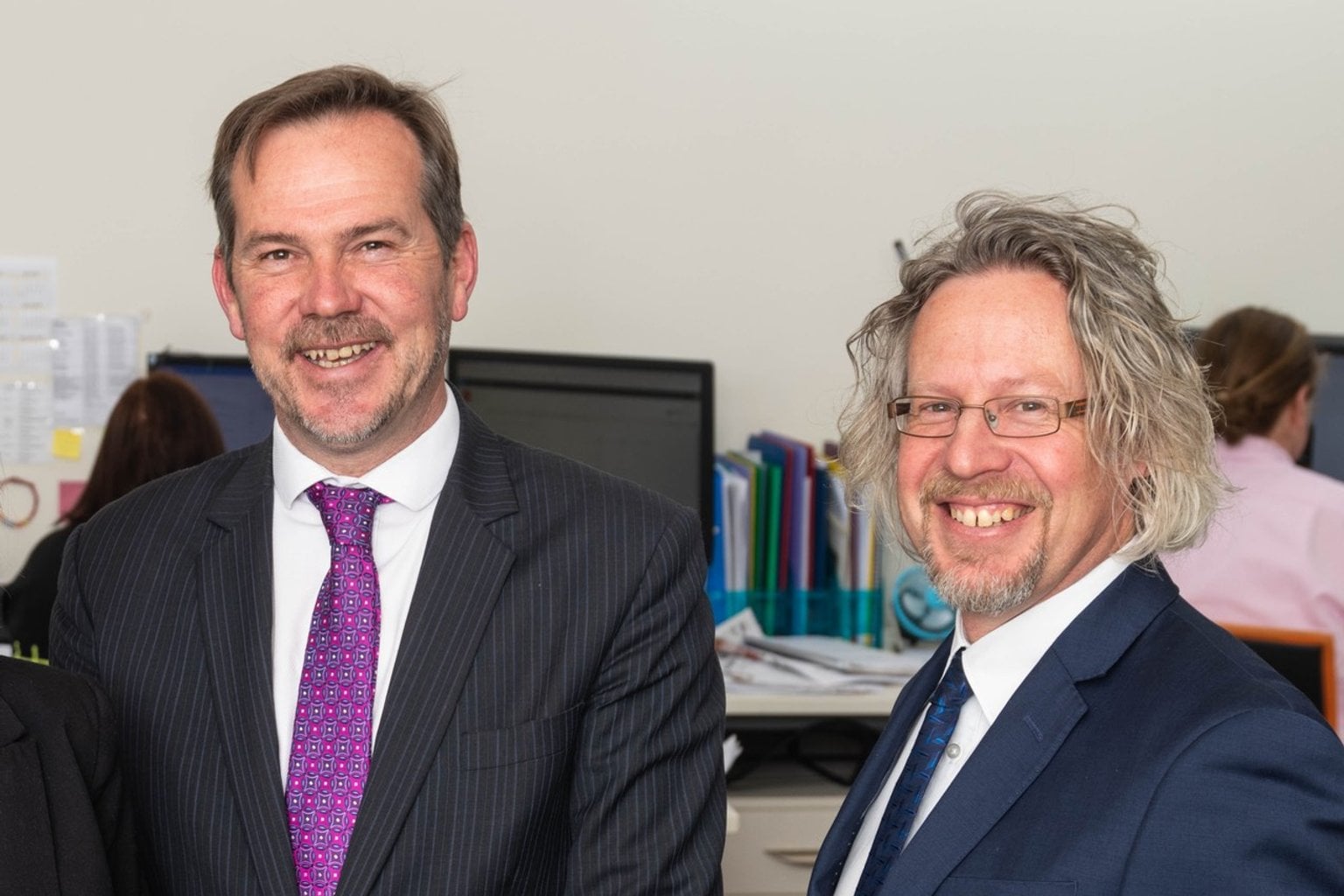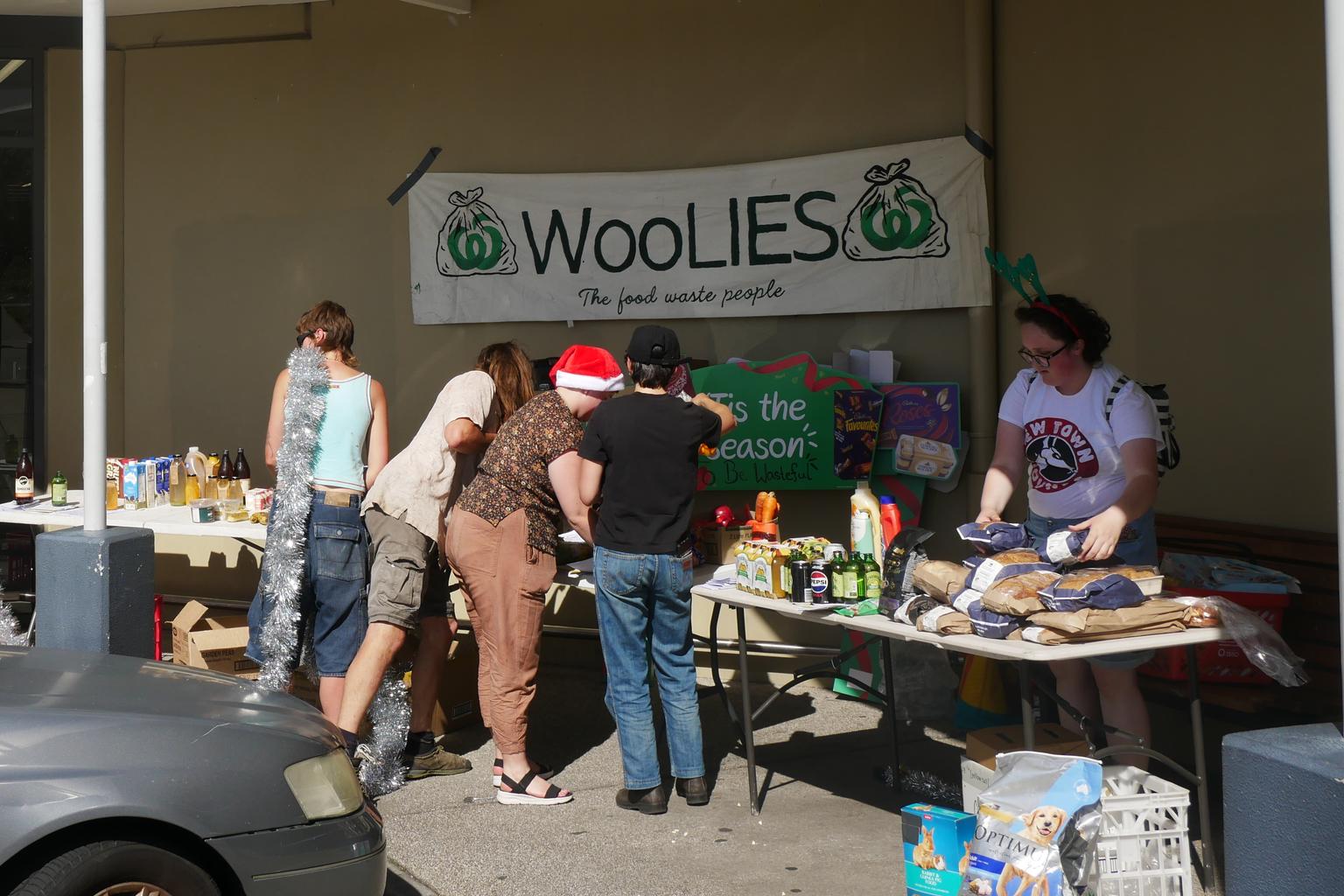While “indications” from previous studies suggest that light rail to Hobart’s northern suburbs would be “prohibitively expensive”, the Transport Minister maintains that “all options” are still on the table.
Either a bus rapid transit (BRT) system, the “preferred solution”, or a light rail network will likely be developed from Macquarie Point to Granton, with work currently underway to determine which will best meets the state’s needs.
Speaking on Monday after re-releasing concept images of a rapid bus network over the weekend, Minister Eric Abetz said the Department of State Growth is currently developing a business case to assess the “viability” of potential options.
“If we can get that working for us with a business case then of course there will be the need to reach out further to the Federal Government to assist us in these matters along with the Northern Transit corridor,” he said.

Pre-Covid estimates place the construction cost of a bus system at $445 million and a light rail line at $596 million, with rail expected to deliver far more significant ‘city shaping’ impacts than buses.
The Northern Suburbs Rail Action Group has disputed the light rail cost as ‘exaggerated’, saying the report recommended using standard gauge rather than the existing narrow gauge.

President Toby Rowallan said keeping the gauge as it is would avoid the need to tear out the current line and only require laying new track, without modifying bridges and culverts or digging up level crossings.
Abetz acknowledged that the government will likely need federal support for either option, but before approaching Canberra, they need to know exactly what they’re looking at and what the price tag is.
“We will try and get the very best deal for the people of Tasmania,” he said.
“If I were to say [today] I want an 80-20 split with Canberra paying 80%, it might rule out the possibility of Canberra paying 90% so I’m not going to set any limit at this stage.”
“We’ve got an infrastructure facility there in that corridor. Let’s use it to the very best of our capacity as a state to ensure that we get economic uplift out of it, but also a mobility of people in and out of the city as effectively as possible.”






